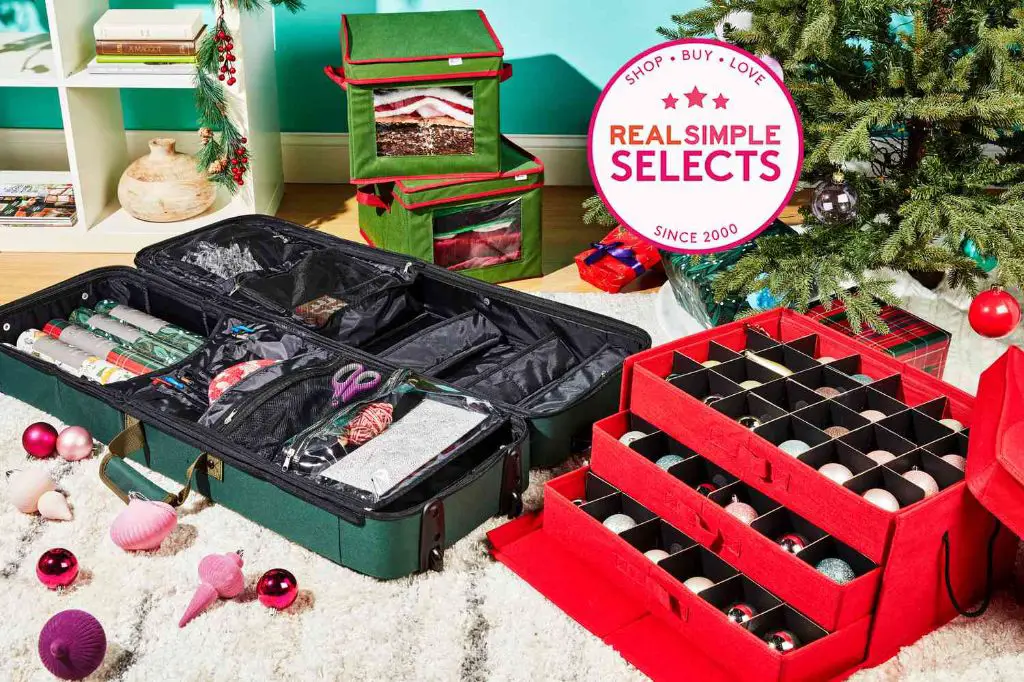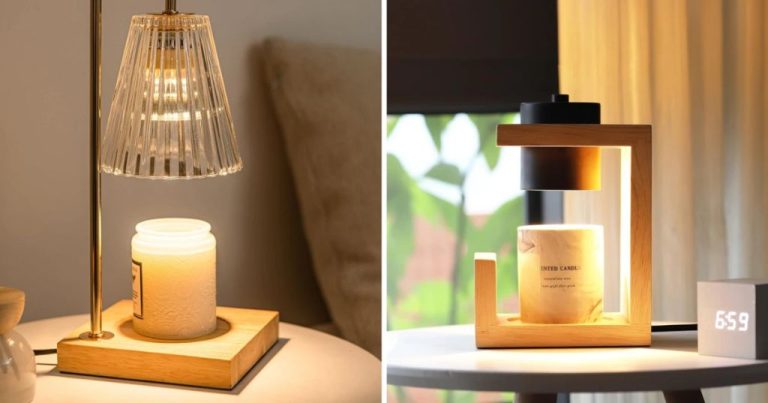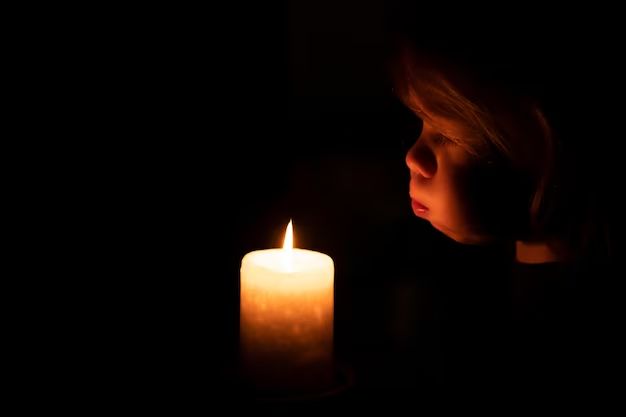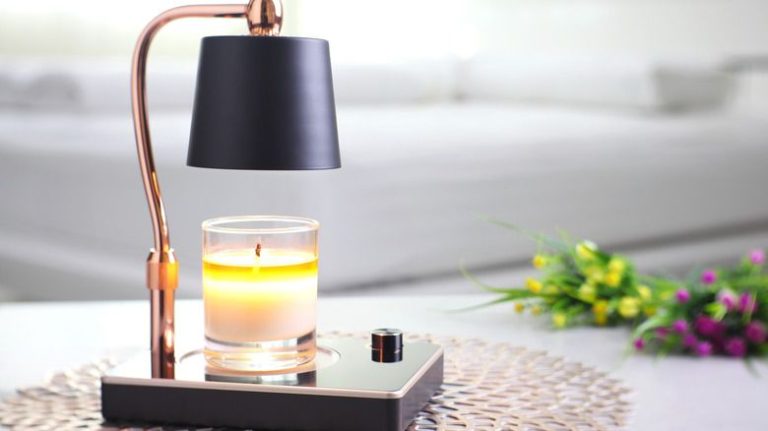What Are The Safest Candle Containers?
Proper candle safety starts with choosing the right candle container. The material the candle holder is made from is an important factor in preventing fires. Materials like glass, metal, ceramic, wood or plastic each have their own advantages and disadvantages when it comes to flammability and heat resistance.
This article provides an overview of the most common candle container materials, evaluating the safety of each. It aims to help readers understand the risks associated with different candle vessels so they can make informed choices to protect their homes and families.
Glass
Glass is a very common material used to make candle containers. It is generally regarded as safe due to its heat resistant and durable properties (Source: https://www.lifenreflection.com/safe-candle-containers-for-candle-making/). However, not all glass is suitable for candles. The glass needs to be thick and smooth enough to withstand the heat of a burning candle. Glass that is too thin can crack or explode when heated. According to a Reddit thread, glass containers should be tested to ensure they are properly heat-resistant before being used for candles (Source: https://www.reddit.com/r/candlemaking/comments/15ff5x4/how_do_you_test_if_glass_containers_are_safe_for/). When selecting glass containers, it’s best to choose thick, durable glass that is specifically marketed as candle containers rather than re-purposing glassware meant for food/drinks.
Metal
Metal containers like tin, aluminum, steel, and iron are excellent choices for candles because metal conducts heat very well (source: https://www.phoenix.gov/fire/safety-information/fire-safety). This allows the metal to absorb and distribute the candle’s heat evenly, which helps prevent hot spots that could lead to fire. Metal won’t crack from the heat of the candle flame either.
Metal is also extremely durable and stand up well to repeated use, making metal containers a good long-term investment. Look for containers made from thick, high-quality metals that won’t warp or degrade over time. Wrought iron, tin, and stainless steel are particularly good options.
Just be cautious of very thin metal containers, as they may not disperse heat as effectively. Thicker, heavier metals work best for safety. Also look for metal containers without paint or coatings that could burn or flake off (source: https://www.lifenreflection.com/safe-candle-containers-for-candle-making/).
Ceramic

Ceramic containers are a great option for candles because they can withstand very high temperatures. Ceramic materials like stoneware, porcelain, and earthenware are all suitable for candle making. According to the The Spruce Crafts, porous ceramic containers should be coated with a sealant like Mod Podge before being used with candles to prevent wax absorption (https://www.thesprucecrafts.com/choosing-safe-containers-for-candles-517255).
Ceramic containers come in a wide variety of styles, from classic jars to sculptural forms. The beauty of ceramics is you can find containers in any shape and color to complement your candle design. Ceramic vessels with decorative patterns or glossy glazed finishes can create an elegant candle display. Textured matte finishes also provide visual interest and a contrast to the wax. Just make sure any ceramic container you choose is labeled as microwave-safe before using it to hold a candle.
Wood
Wood is a natural material commonly used to make candle holders. The natural grains and textures of wood can add warmth and interest to candle displays. However, wood comes with some safety concerns when used with open flames (Wood candle holders a fire hazard?).
The main risk with wood candle holders is flammability. Wood is combustible, so an open flame can ignite it under the right conditions. Factors like wood type, finish, age and dryness impact how easily it will ignite. Soft woods like pine are more flammable than hardwoods. Old, dried out wood ignites faster. Any cracks, gaps or rough edges give fire a foothold (Can I make a wooden candle holder safe?).
There are ways to reduce the fire risk of wood candle holders. Applying a fire retardant finish provides some protection. Carefully sanding edges smooth limits ignition points. Monitoring burning candles and extinguishing before the holder gets too hot helps. But wood’s inherent flammability means extra caution is warranted.
Plastic
Plastic containers may seem like an inexpensive and convenient option for candles, but they pose some significant safety risks. As the National Candle Association notes, plastics can melt from the heat of a burning candle, leading to leaks, spills, and potential fires (https://www.candles.org/candle-safety).
Even heat-resistant plastics marked as “microwave safe” may not stand up to the prolonged heat of a burning candle. The plastic can warp, melt, or release toxic fumes. According to Fire Rescue Magazine, plastic containers can also degrade over time and develop unseen cracks that allow hot wax to escape (https://www.firerescuemagazine.com/articles/print/volume-12/issue-2/features/candle-fires.html).
For these reasons, most candle-making experts recommend avoiding plastic containers altogether. While plastic is inexpensive, the safety risks make it a poor choice for candle vessels. Sticking to non-flammable materials like glass, metal, or ceramic reduces the chance of accidental fires.
Safe Candle Practices
When burning candles, it is important to take proper safety precautions to prevent fires and injuries. Here are some tips for safe candle practices:
Trim the wick to 1⁄4 inch before lighting. Long or crooked wicks can cause uneven burning and dripping. Trim the wick every few hours as you burn the candle to maintain the proper height. Use scissors or nail clippers designed for wick trimming (Candles.org).
Always place candles on a stable, heat-resistant surface. Never put candles directly on wood surfaces or cloth tablecloths. Place candles in sturdy non-flammable holders specifically designed for candle use. Avoid surfaces that can easily tip or tilt (FMins).
Keep candles at least 12 inches away from anything that can burn, including curtains, decorations, bedding, paper, etc. Don’t place candles where they can be knocked over by children or pets. Never leave a burning candle unattended (NFPA).
Warning Signs
Certain signs indicate when a candle container may no longer be safe to use. Cracked or damaged containers are one of the biggest red flags. Any crack, chip, or break in the container material can compromise its structural integrity when exposed to heat from a burning candle. As noted by The Spruce Crafts, “Cracks allow the wax to seep into the container material, where it can heat up enough to combust” (https://www.thesprucecrafts.com/choosing-safe-containers-for-candles-517255).
Another warning sign is soot buildup on the container exterior. This indicates the flame is burning too close to the container surface. The soot can heat up the material and make it prone to catching fire. LifenReflection points out that soot buildup is especially problematic on plastic containers, as it can melt and combust the plastic (https://www.lifenreflection.com/safe-candle-containers-for-candle-making/). Any container that shows exterior sooting should be carefully examined and potentially retired from candle use.
Snuffing Out
Properly extinguishing the candle wick is crucial for safety and maximizing candle life. According to The Cut, the best way to put out a candle is to use a wick dipper or snuffer. These tools allow you to bend or press the wick into the wax without blowing air on the flame, which can cause smoke and soot.
As Fernweh Editions explains, blowing out a candle often leaves a trail of smoke above the candle. This residual smoke contains unburnt wax particles and wick fibers that can settle back onto the candle or surrounding area when the air currents die down. Over time, this builds up residue on the candle and holder.
A wick dipper or snuffer avoids this problem by extinguishing the flame through submersion or compression. This contains the smoke and allows the wick to cool quickly without dispersing those airborne particles. The result is a cleaner burn and wax pool.
Conclusion
The safest candle containers are made of nonflammable materials like glass, metal, ceramic, or wood. Plastic should be avoided as it can melt. When using any candle container, it’s important to take proper safety precautions like blowing out candles before leaving a room, keeping candles away from flammable objects, not burning them too long, using candle holders, and trimming wicks to 1⁄4 inch. Always monitor burning candles and have proper fire safety tools on hand like snuffers and lids.
In summary, glass, metal, ceramic and wood are typically the safest and most heat-resistant materials for candle containers. Careful monitoring and adherence to basic safety tips will help prevent candle fires and accidents when using any type of container. It’s wise to research the advantages and disadvantages of different materials to find the safest option for your needs.



